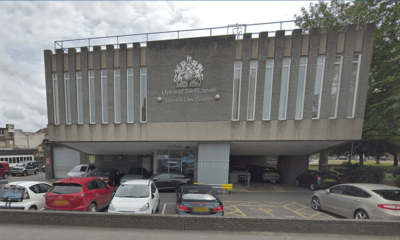News
How Crown Estate surveys will dramatically speed up offshore wind projects

THE CROWN ESTATE has decided to invest in offshore wind surveys in the Celtic Sea, which will help the UK floating wind sector to move towards commercial arrays. It has issued contracts for the first metocean surveys off the southwest coast of England and Wales.
The survey data in the Celtic Sea will cut the cost of bidding into the lease auctions and reduce the number of additional surveys required later in the development process.
This will shorten project timelines and reduce costs.
The UK is looking to install 4 GW of floating wind in the Celtic Sea by 2035, and the recent lease auctions have shown that competition is driving up bid prices. The full survey programme will analyse seabed properties, wind, wave, and current patterns, as well as marine wildlife.
UK Celtic Sea – Refined search areas for offshore wind
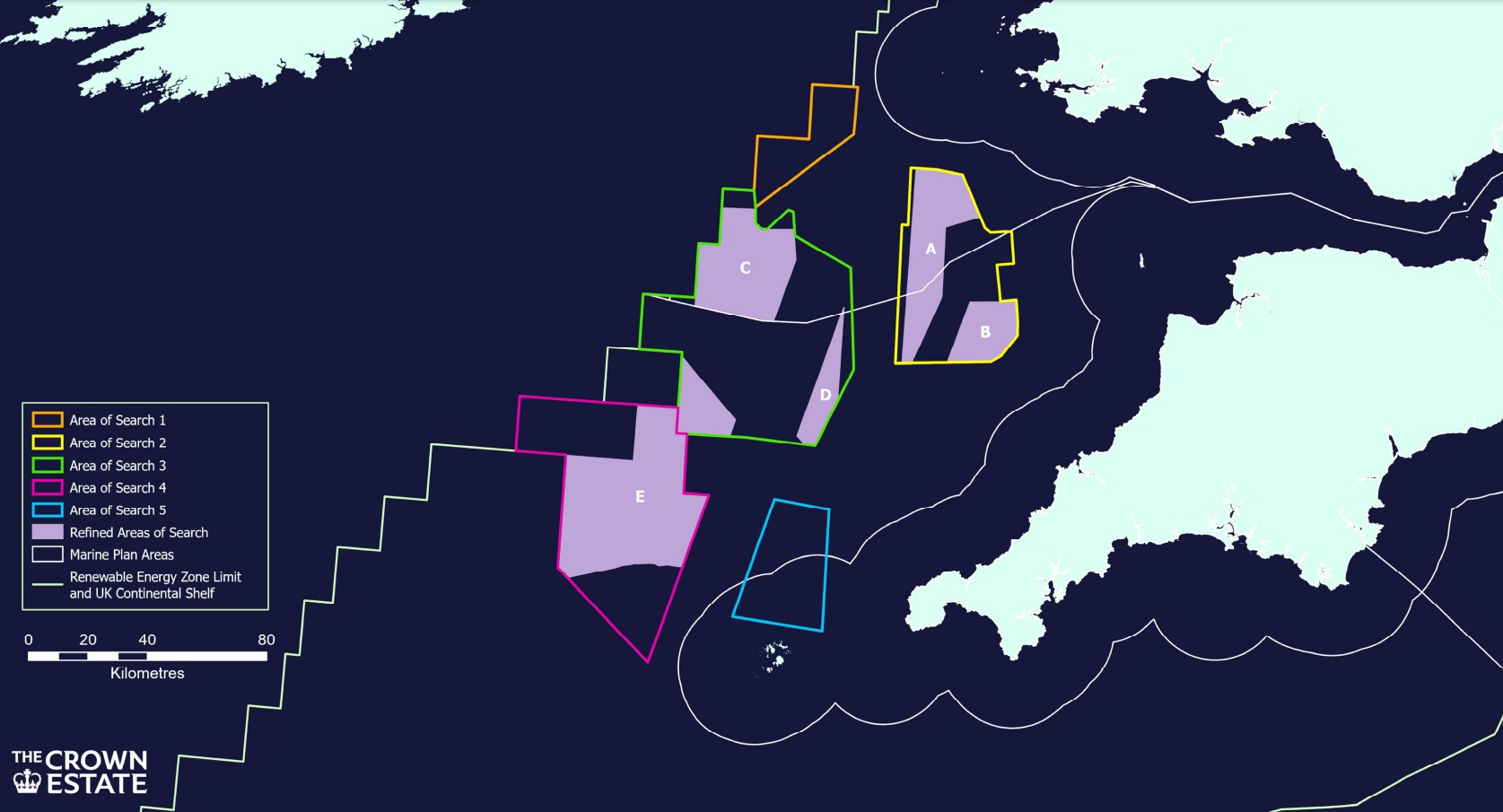
The surveys should help developers refine the layouts of arrays and anchor designs, key factors in the scaling up of floating wind projects, Tom Hill, program manager at Marine Energy Wales and chair of the Celtic Sea Developer Alliance, said.
The Crown Estate “has taken a very open, collaborative approach” towards engaging with prospective developers and stakeholders, he said.
Developers will need to demonstrate that they have the financial and technical capability to deliver projects at scale, a spokesperson for the Crown Estate said.
Early access to the data will offer “substantial” cost savings for developers, avoiding the need to recruit internal survey teams, Simpson said.
Developers will be two to three years ahead of where they would have been in metocean and foundation understanding, while access to key bird and mammal data will reduce consenting risks, she said.
In a further boost for developers, the Crown Estate will run the Habitats Regulation Assessment (HRA) process before the auction, Simpson noted. By comparison, the HRA for leases issued in Round 4 auctions in early 2021 was only completed recently, finally allowing the seabed rights to be awarded in January.
UK onshore, offshore wind capacity in 2020

In workshops, developers requested further information in the surveys on potential export cable routes, in line with plans for grid expansions under the U.K.’s Holistic Network Design (HND) 2 review. Led by National Grid ESO, the HND 2 review is due for completion later this year.
Investments in local authorities, power grids and supply infrastructure will be required to ensure Celtic Sea projects are delivered on schedule. Across the UK, local authorities are under-resourced to handle the surge in renewable energy applications expected in the coming years.
Consenting is a major hurdle in Wales as the consenting authority, Natural Resources Wales, “is not currently adequately resourced to handle the volume of applications expected in the coming months,” said Hill.
In addition, grid capacity in Wales needs major investment or “there is a danger developers will choose to go elsewhere”, he said. Proposed grid reinforcements will be set out in the HND 2 review.
An estimated 1 billion pounds ($1.2 billion) of investments in port infrastructure will also be required to assemble and launch floating wind turbines, according to Marine Energy Wales.
No single port in Wales has sufficient water depth, quayside access, assembly and lay-down space, Hill said. Many developers support a multi-port network as sites such as Port Talbot in South Wales are more suitable for construction and assembly, while others, such as the Port of Milford Haven, are more suitable for operations and maintenance (O&M). The ports will likely need to be within 200-250 nautical miles of project sites, according to the Crown Estate.
For the first time, developers will be required to make early commitments to infrastructure. Project partners must provide an investment plan in their lease bids that supports “an internationally competitive supply chain,” the Crown Estate spokesperson said.
This will determine whether participants can proceed to the final stage of the tender, the spokesperson said.
Community
Anzac Day commemoration service held in Milford Haven
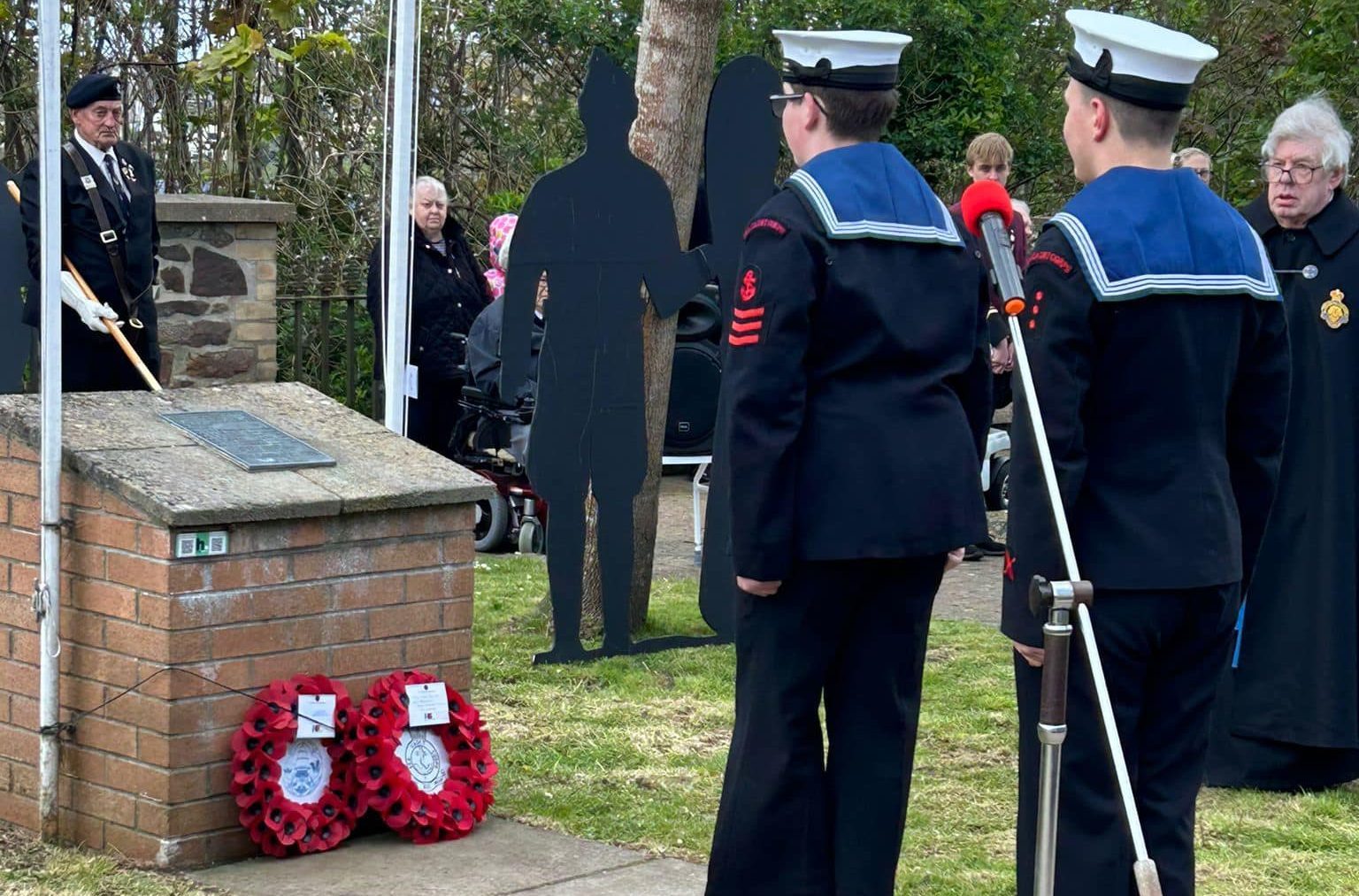
IN a service held on Sunday (Apr 28), the Milford Haven Branch of the Royal British Legion led a poignant commemoration service to mark Anzac Day, honouring the valor and sacrifices of the Australian and New Zealand Army Corps (ANZAC) during the Gallipoli campaign in World War I.
The service, which took place at 11:00am, on Hamilton Terrace, Milford Haven, witnessed a significant turnout.
Attendees included members of the Australian Signals and Signal Company as well as representatives of Milford Haven Town Council and the Milford Haven Sea Cadets.
The service commenced with a welcome and introduction by Lt Col Warren Coetzer, followed by a rendition of the National Anthems of Australia, New Zealand, and Wales, embodying a spirit of unity and remembrance. The anthems were a moving tribute to the camaraderie and international bonds formed in times of conflict.
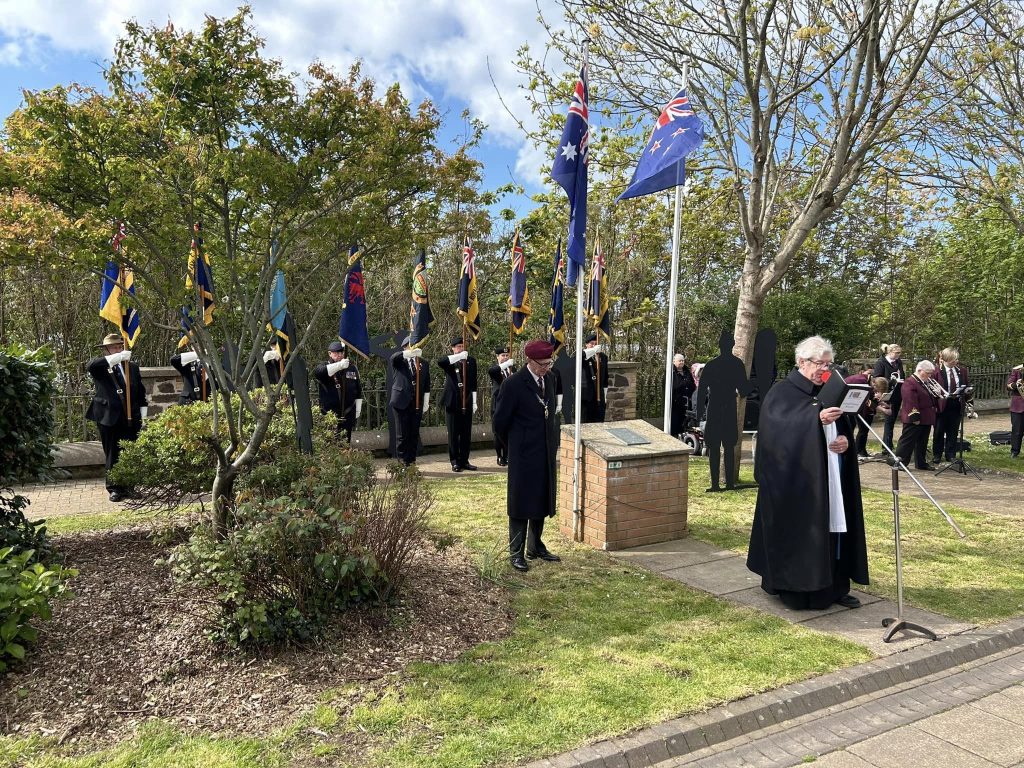
During the service, the Ode of Remembrance was recited, a profound moment that prompted reflection on the courage and fellowship of the ANZAC forces.
The emblematic Rising Sun Cap Badge and the Union Flag were prominently displayed on the event programme, symbolising the service and sacrifice of those who served under them.
Local dignitaries laid wreaths, and a two-minute silence was observed, offering a chance for personal reflection on the cost of war and the price of peace.
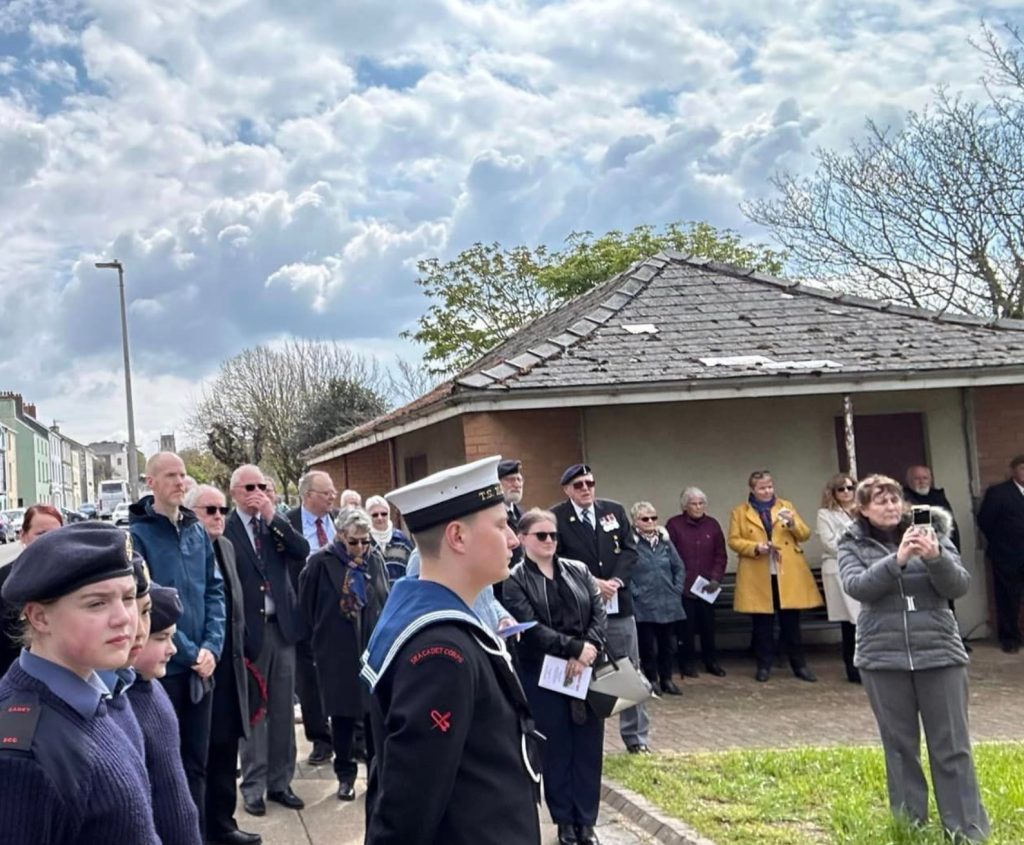
The commemoration concluded with a prayer for peace, leaving the attendees with a message of hope and a renewed commitment to the values for which the ANZAC soldiers bravely fought.
The service was not just a remembrance of past sacrifices but also a reminder of the enduring spirit of the ANZACs, which continues to inspire and guide future generations.

Community
Survey of Picton Castle reveals groundbreaking medieval architecture
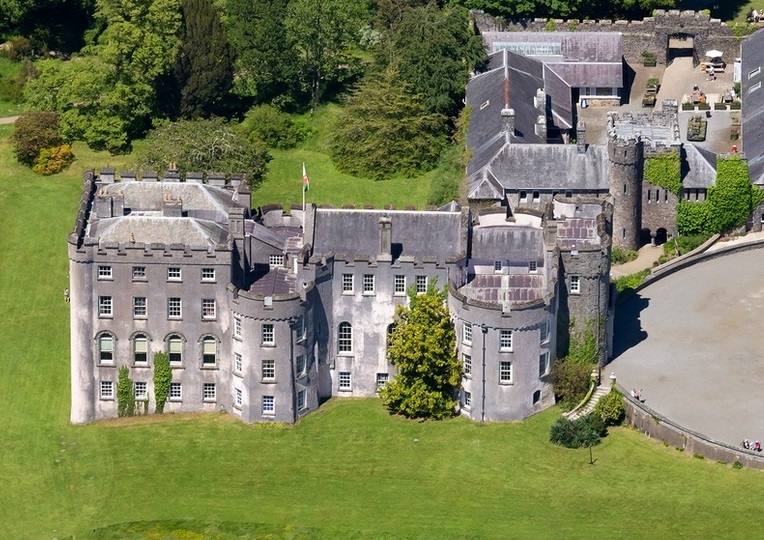
THE first ever detailed architectural survey of Picton Castle, Pembrokeshire, has revealed a medieval castle ahead of its time in terms of design and high status living. Much altered in the Georgian period, the castle was surveyed by the author, Neil Ludlow, with Phil Poucher of Heneb – Dyfed Archaeology (formerly Dyfed Archaeological Trust) and funded by the Castle Studies Trust: it reveals a sophisticated building fit for royalty.
However, the building was actually built between 1315-20 by a senior royal government official called Sir John Wogan, who held office in Pembrokeshire, Northern England and Ireland and possibly fought on a military campaign in Gascony.

While outwardly it retains much of its medieval flavour, the interiors were extensively made over during the eighteenth century so that it now presents itself first and foremost as a Georgian country seat. But beneath this veneer, much medieval work still survives – though a lot of it is tucked away behind stud-walls, in cupboards, or is otherwise obscured.
Picton’s unique layout makes it a castle of great importance and architecturally ground-breaking for when it was built in the early fourteenth century. Most castles have at least some close parallels, but Picton is effectively one of a kind. Close study shows that it resolves as a central first-floor hall, flanked by services and a chamber-block to form a very early example of the three-unit ‘H-plan’ house.
The gatehouse – unusual in buildings of this kind – led onto an equally unusual ‘grand stairway’ to the hall; a second ground-floor entry probably led to an external kitchen and bakehouse.
The castle’s spatial disposition, access and circulation are meticulously planned, while the domestic appointments show a remarkable level of sophistication for the period, including what appear to be vertical serving-hatches between the ground floor and the service rooms above. At second-floor level, the east towers and gatehouse form two integrated suites of residential apartments either side of a chapel, in a manner firmly rooted within royal planning. The opposite pair of towers, at the west end, seem to have been united internally to form a residential chamber-block, for Wogan’s officials and guests, possibly served by latrines in the former west tower; the present partition walls are later.
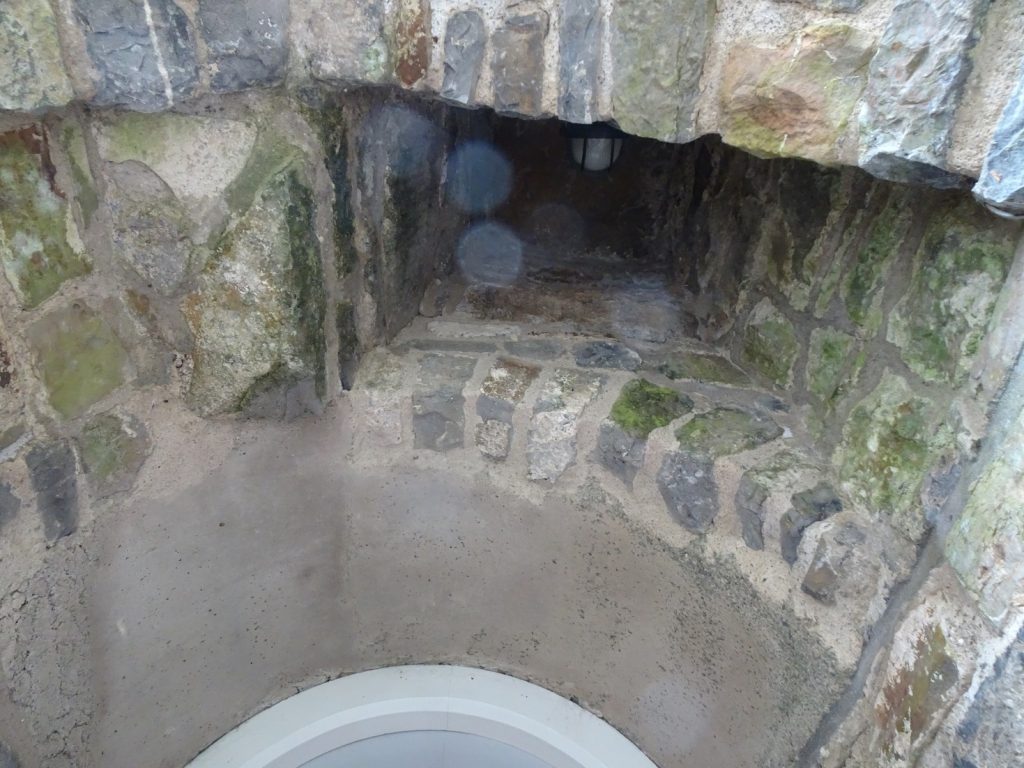
Neil Ludlow told The Pembrokeshire Herald: “The enigmatic castle at Picton in Pembrokeshire is best-known for its magnificent Georgian interiors. But beneath this veneer is a medieval castle, from around 1315-20, with a unique layout. A towered hall-block with a pioneering ‘H-plan’, it reveals elements derived from royal planning, and sophisticated domestic arrangements including serving hatches between the floor levels. These innovations show it to have been a castle that was ahead of its time.”
Castle Studies Trust Chair of Trustees Jeremy Cunnington added: “The Castle Studies Trust is delighted to have funded the first ever detailed survey of Picton Castle and to have learned so much more about the medieval form of this unique building.”
Dr Rhiannon Talbot-English, Director at Picton Castle Trust told this newspaper: “Picton Castle has always been something of an enigmatic mystery: hidden gothic alcoves and arches, secret spiral staircases and untouched medieval Undercroft. Picton Castle Charitable Trust is extremely grateful to the Castle Studies Trust for its generous financial support which has enabled this research to be undertaken and we look forward to sharing this new knowledge with the public in a new exhibition about the early castle.”
Community
Solemn tributes at Freshwater West for WWII maritime tragedy

IN an emotional gathering at Freshwater West, Pembrokeshire, the public and veterans convened on April 29, to honour the memory of the 85 souls lost in the tragic sinking of Landing Craft, Gun (LCG) 15 and LCG 16 during a brutal storm in April 1943.
The memorial service took place near the scenic, surf-popular beach, where the community assembled to reflect on the calamity that struck during a perilous wartime operation.
The service highlighted the sacrifices made by those aboard the LCGs, as well as six valiant crew members from the HMS Rosemary, who perished while attempting a daring rescue amidst the tempest.
Originally designed as Landing Craft, Tanks (LCTs), LCG 15 and LCG 16 were converted at Belfast’s Harland & Wolff shipyard to support amphibious operations by equipping them with heavy artillery.
Their redesign included the installation of two 4.7 inch guns intended for use during D-Day, suggesting that, had they survived, these crafts and their crews could have played a pivotal role in the Normandy Landings.
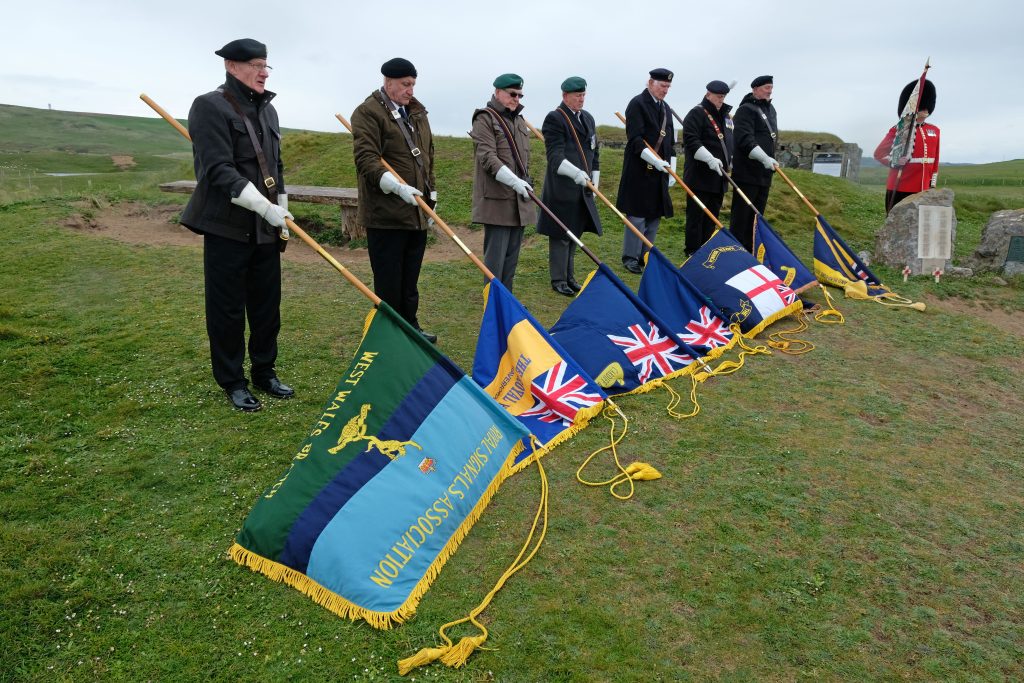
The crafts were en route to Falmouth when they encountered severe weather off the coast of Freshwater West.
Compounded by their flat-bottomed design, which was ill-suited for rough seas, both vessels tragically succumbed to the stormy conditions.
Denied shelter at Fishguard, they were compelled to continue towards Milford Haven, a decision that ultimately led to their sinking.

Today, the wrecks of LCG 15 and LCG 16 lie as protected war graves, and a poignant memorial stands overlooking the beach, a testament to the bravery and enduring legacy of the men lost to the sea.
Visitors to the memorial site at Freshwater West, which also hosts another commemorative marker at Thornton Cemetery in Milford Haven, can reflect upon the harrowing experiences faced by wartime naval personnel and the profound impact of their service.
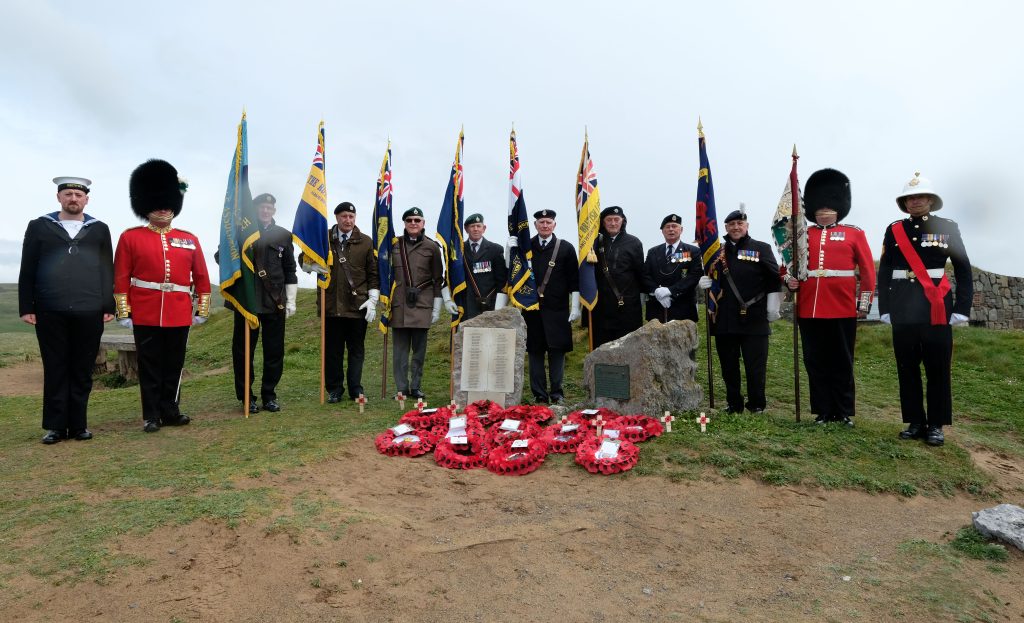
The event served not only as a remembrance but also as an educational experience, particularly for younger generations unaware of the perils faced by their forebears during such tumultuous times.
The memorial at Freshwater West remains open to the public, offering a place for contemplation and respect, against the backdrop of one of Wales’ most beloved surfing beaches, where the echoes of history resonate with the sounds of the waves.
Pictures by Martin Cavaney
-

 News5 days ago
News5 days agoPolice and air ambulances at ‘serious incident’ at West Wales school
-

 Business3 days ago
Business3 days agoLargest Welsh port appoints communications and marketing director
-

 Crime5 days ago
Crime5 days agoPembrokeshire pensioner accused of 17 sexual offences against children
-

 Crime4 days ago
Crime4 days agoAll three school stabbing victims discharged from hospital, police confirm
-

 Community6 days ago
Community6 days agoCounty Hall to offer space for community banking
-

 Crime7 days ago
Crime7 days agoBrian Davis: Wanted on suspicion of commercial burglary
-

 Sport6 days ago
Sport6 days agoSwifts eyes on double.
-

 Community3 days ago
Community3 days agoSuspected explosive device found on west Wales beach





















